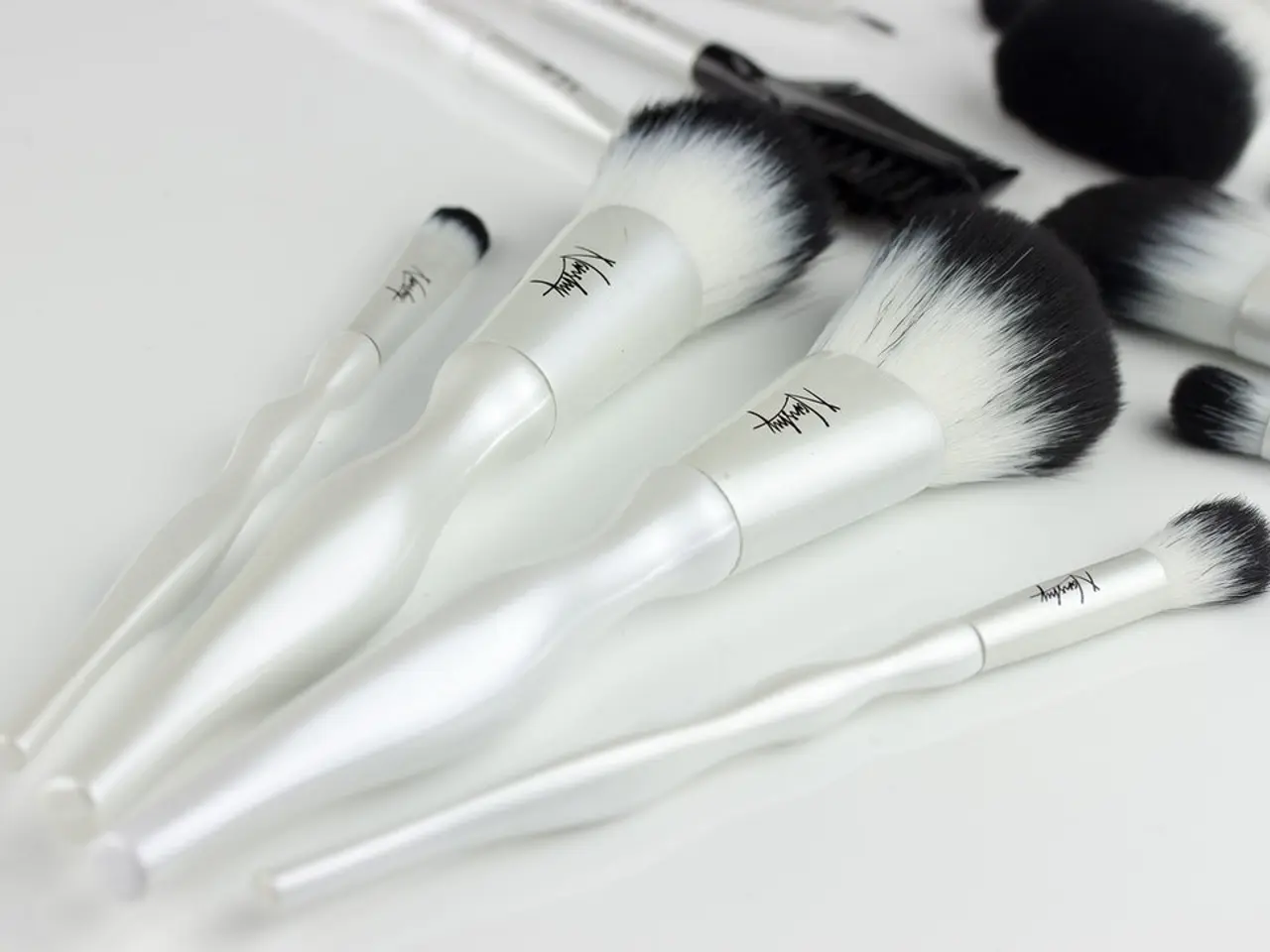Trump's Imposed Tariffs Take Effect This Week, Pose Potential Financial Consequences for Consumers
The White House has announced a new wave of tariffs, set to go into effect on Thursday, which will significantly increase the cost of imported goods for the average U.S. household. According to estimates, this could add an additional $2,400 in costs per year for the average household.
These tariffs, as announced in 2025, are reciprocal ad valorem tariffs aimed at addressing large U.S. trade deficits and lack of reciprocity in trade relationships. They are designed to protect U.S. manufacturing, critical supply chains, and the defense base.
The tariffs will apply broadly to numerous goods, including raw materials, agricultural products, and manufactured household items imported from countries like Brazil, India, and Japan. The tariff rates range mainly from 15% to 30%.
The announcement involves tariffs on medium and heavy rare earth elements critical to industry, such as samarium, gadolinium, zirconium, dysprosium, lutetium, scandium, and yttrium. This could potentially impact higher-tech household goods depending on their material composition.
Specific product categories affected include household goods broadly, as well as specific U.S. origin goods such as chicken, cotton, corn, wheat, aquatic products, beef, dairy, fruit, pork, sorghum, soybeans, and vegetables. Some tariffs have been extended or increased from 25% to 30% on certain categories like "fentanyl" tariff goods.
Countries explicitly referenced for reciprocal tariffs with delays or phase-ins as of August 7, 2025, include many, but the direct mention of Brazil, India, and Japan indicates these countries could be subject to tariffs on all products (with relevant exceptions), often around 15% to 30% rates.
The tariffs will contribute to price increases as importers pass on tariff costs to consumers, impacting U.S. household expenses across a wide range of imported goods, presumably including consumer products from Brazil, India, and Japan.
Home furnishings and appliances have already seen upticks in price, according to The New York Times. Companies like Adidas and Mattel have warned about the impact of tariffs. The chief goods that are expected to be affected include computers, clothing, toys, and home furnishings and appliances.
Many companies are expected to pass the cost of tariffs on to customers. The extra cost is usually added, in part, to the price of the good when it's sold in stores. The tariff rates span a wide range, with some countries being hit with a 15% levy, while others like Laos and Brazil are seeing higher rates at 40% and 50%, respectively.
The U.S. Trade Representative, Jamieson Greer, stated that many tariff levies won't change much in the coming days. However, the deadline for the tariffs to take effect is Thursday, but it is unclear if the administration will push the date yet again.
The White House has argued that tariffs are necessary to incentivize more investment in U.S. goods and address trade imbalances. President Trump has cited Brazil's treatment of former President Jair Bolsonaro as one reason for the higher import tax on the country's goods.
Barry Appleton, co-director of the New York Law School Center for International Law, stated that the question is really what's not going to go up in price. CBS News interviewed Barry Appleton about the potential increase in prices due to tariffs. An estimate from the Yale Budget Lab suggests that all 2025 tariffs together could cost the average U.S. household an additional $2,400 per year.
The New York Times reports about the impact of tariffs on home furnishings and appliances.
- The White House has announced tariffs targeting imported goods, which could increase yearly costs for the average U.S. household by $2,400.
- These tariffs, effective on Thursday, seek to address large trade deficits and lack of reciprocity, protecting manufacturing, critical supply chains, and the defense base.
- Tariffs will apply to various goods, including agricultural products, raw materials, and household items imported from countries such as Brazil, India, and Japan.
- The tariff rates for these goods, ranging from 15% to 30%, will potentially increase prices for some higher-tech household goods.
- Affected product categories include household goods in general, as well as U.S. origin goods like chicken, cotton, and fruit.
- The tariffs on specific items like rare earth elements could impact technology-related household goods due to their material composition.
- Companies like Adidas and Mattel have voiced concerns about the tariff's impact on consumer products, specifically computers, clothing, toys, and home furnishings and appliances.
- Many businesses may pass the cost of tariffs on to customers, leading to increased prices across various imported goods, potentially including those from Brazil, India, and Japan.




